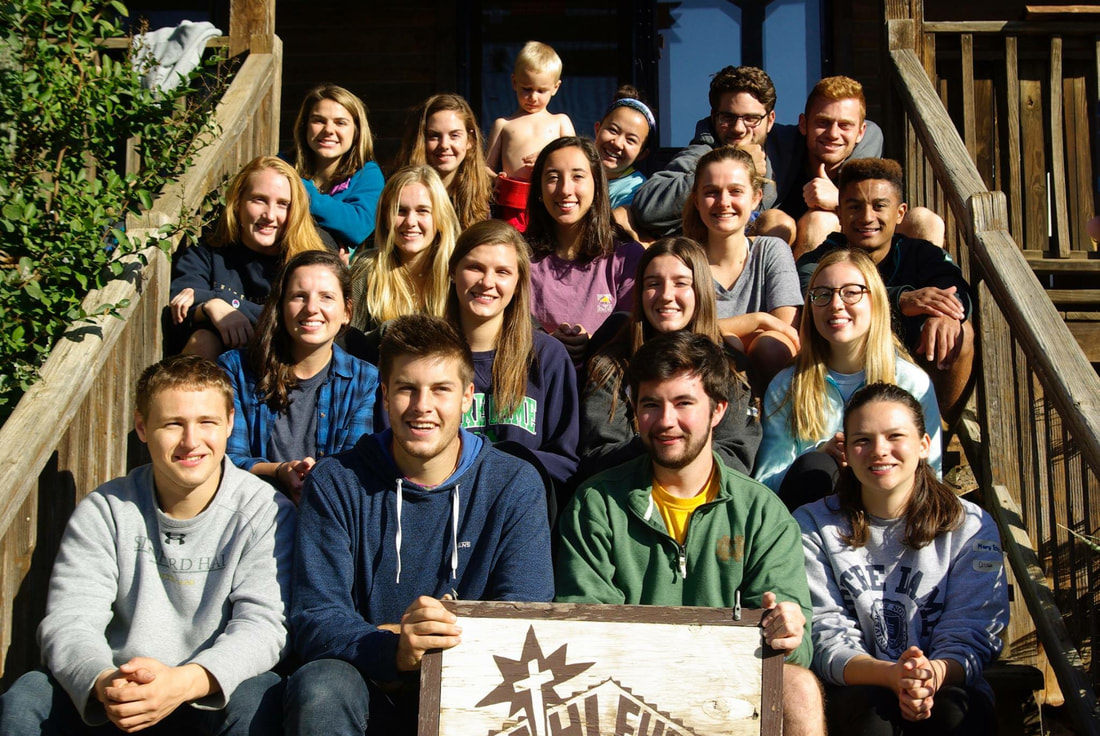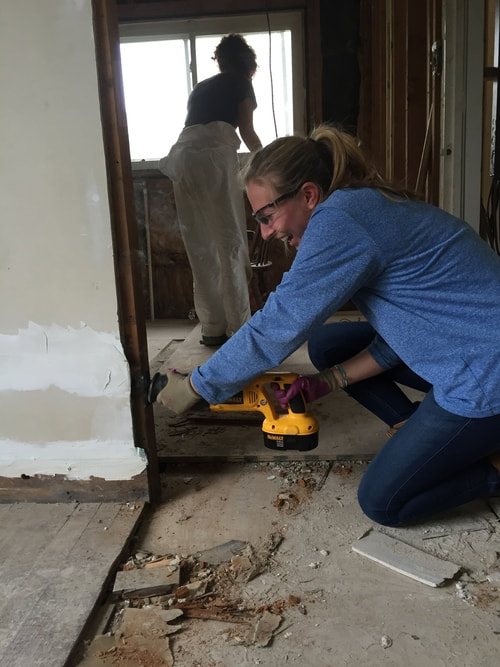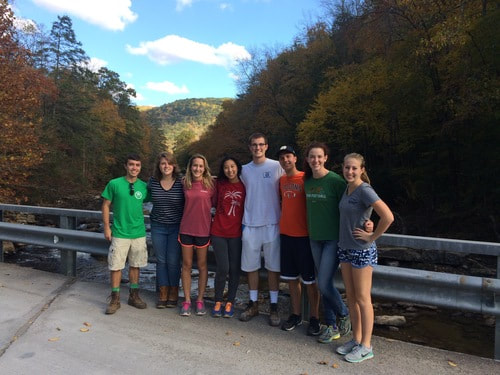Appalachia Seminar
Ever since I first arrived at Notre Dame, I had heard many great things about the Appalachia experience, and never had I heard anyone regret their week spent in the mountains... I do not believe anyone could ever have as enjoyable and educational a week as mine"
Center for Social Concerns Archives
Appalachia Seminar Student
Fall 1988




